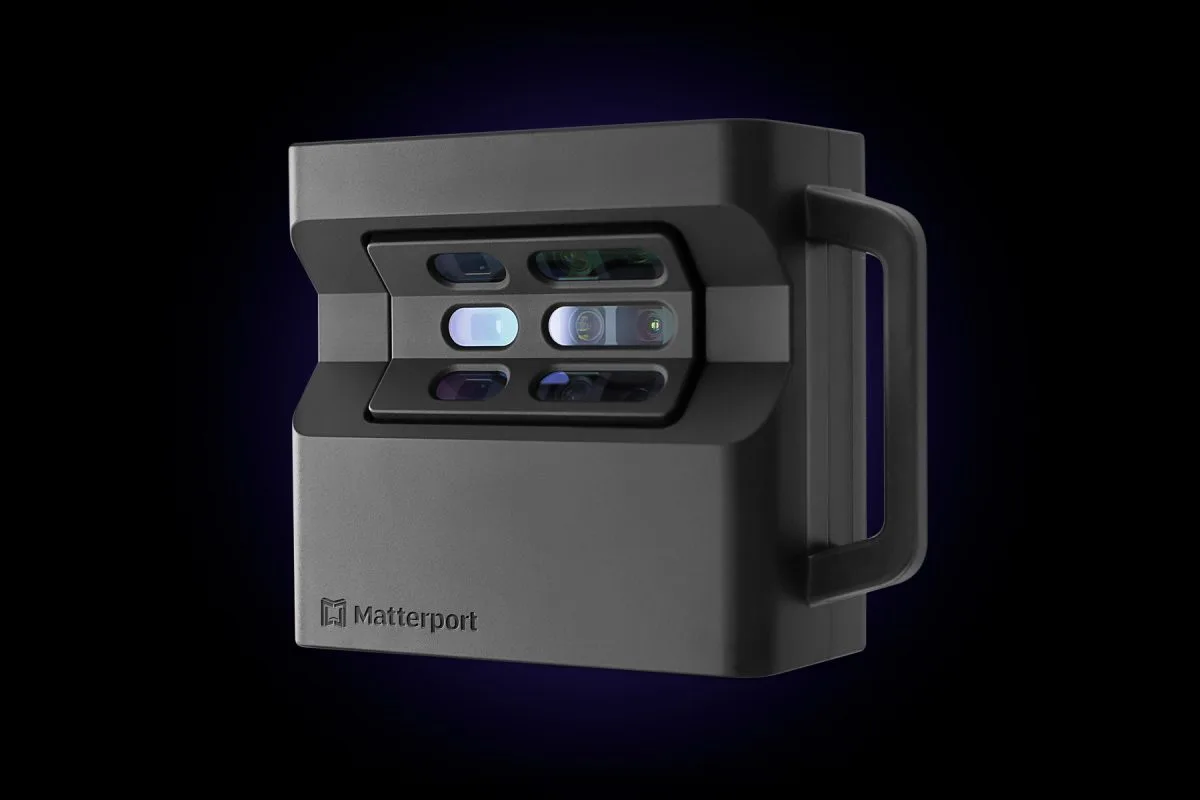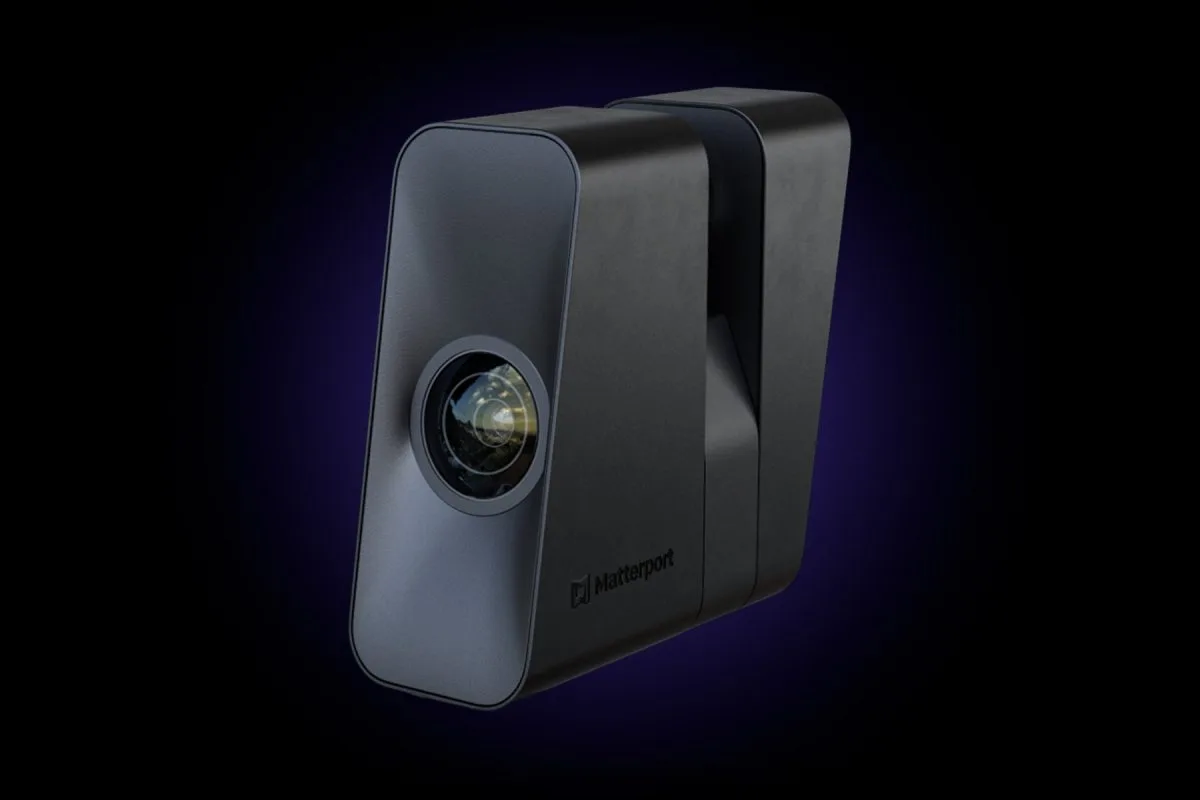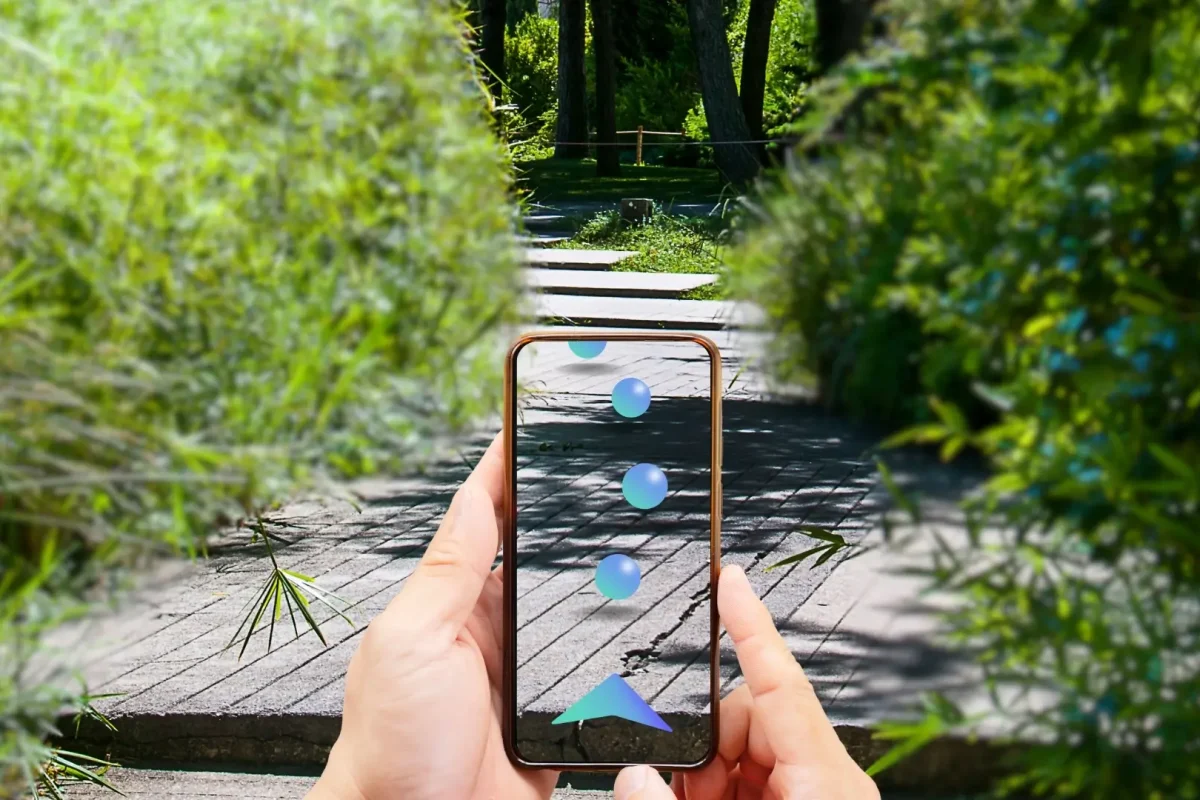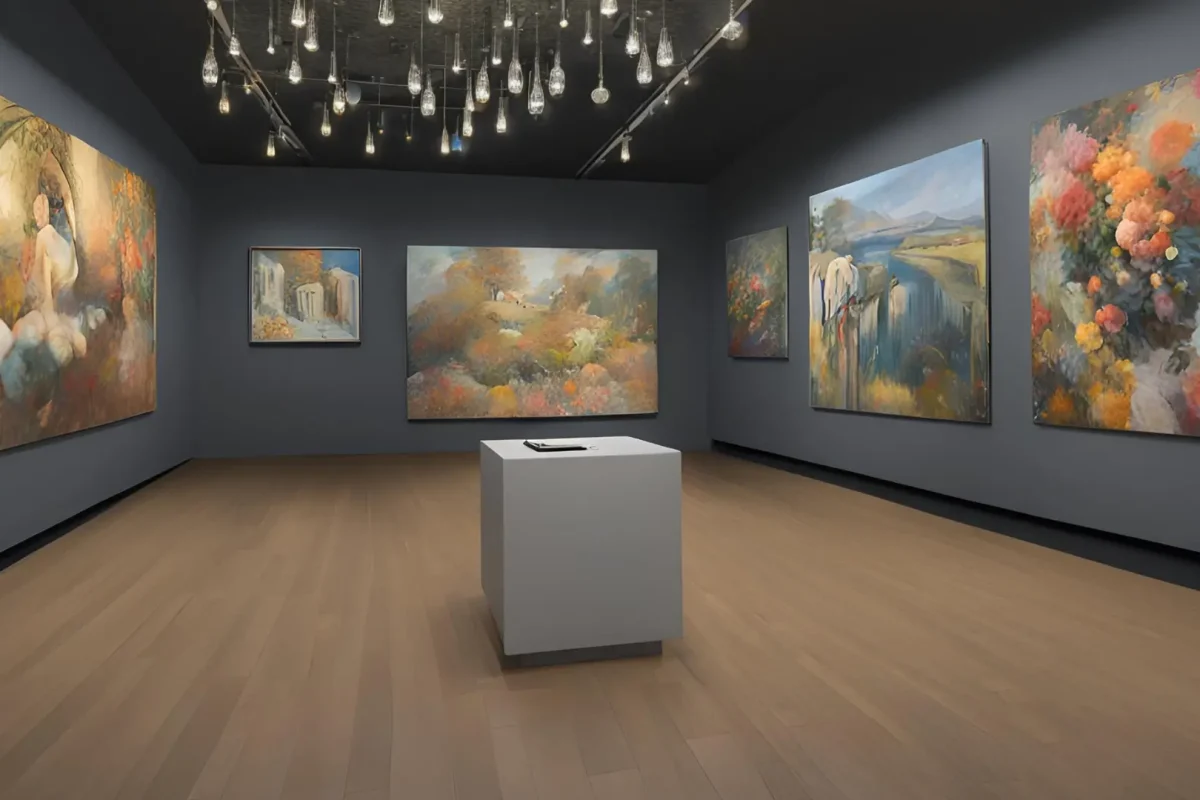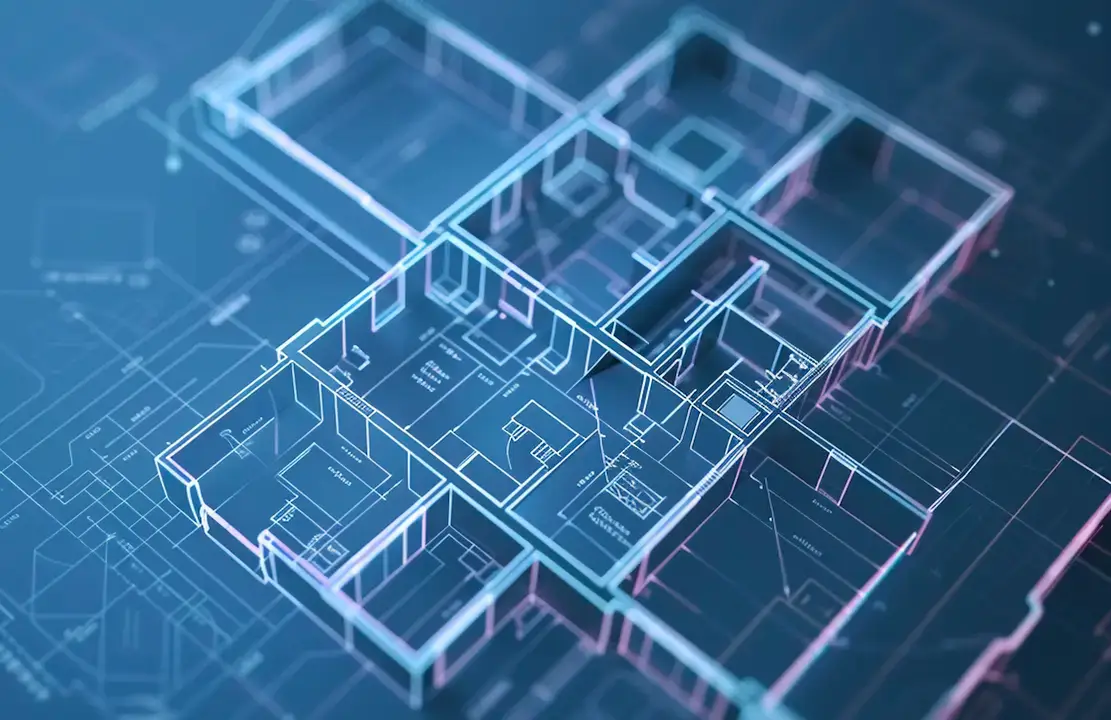As we navigate the ever-evolving landscape of digital innovation, it’s essential to stay ahead of the curve by embracing cutting-edge technologies that transform the way we interact with our surroundings.
At CAPTUR3D, we recognise the immense potential of Augmented Reality (AR) wayfinding in revolutionising the way we find our way through complex environments. AR wayfinding offers a more intuitive and engaging experience for users, making it an integral component of our services and products designed to enhance user experience and productivity.
In this blog post, we’ll delve into the benefits of AR wayfinding, exploring its applications, and the key factors that make it a game-changer in the world of navigation.
What are the benefits of AR Wayfinding?
1) Improved Navigation and Wayfinding
- Intuitive Digital Pathways and Markers
- AR wayfinding introduces digital pathways and markers for easy navigation in complex environments, eliminating the need for physical maps.
- Reduced Confusion and Time Spent Consulting Traditional Maps/Signage
- AR wayfinding simplifies navigation with real-time, on-screen directions, saving time and enhancing efficiency.
2) Engaging Digital Content
- Multilingual Virtual Guides with Historical/Informational Content
- AR wayfinding offers multilingual virtual guides, providing historical and informational content in various languages.
- Access to Additional Digital Exhibits and Curator Commentary
- Users can access extra digital exhibits and curator commentary for a more immersive experience with AR wayfinding.
3) Enhance Use Experience
- Blending physical and digital worlds for more immersive experiences
- Combining real-world environments with digital enhancements through AR creates richer interactions, improving engagement by overlaying helpful information and interactive elements onto physical spaces, for intuitive navigation and enjoyment.
- Gamified elements to spark curiosity and engagement
- Introducing game-like challenges and interactive features within AR experiences encourages exploration and engagement. By integrating gamification, users are motivated to interact more deeply with their surroundings, enhancing their overall experience and making interactions more memorable.
Transforming Visitor Experiences in Retail Case studies of retail stores using AR wayfinding
AR wayfinding has transformed the visitor experience in retail stores by enhancing navigation, providing engaging digital content, and driving sales. Retailers can use AR to create custom virtual guides that provide product information, promotions, and directions to specific item. This creates a more immersive and informative shopping experience for customers.
For example, the British retailer Marks & Spencer launched an AR wayfinding app called List&Go that allows customers to input a shopping list and then follow on-screen markers to locate the products on the shelves. This eliminates the need for customers to wander aimlessly through the store.
AR wayfinding also enables retailers to integrate digital signage and gamified experiences. Superimposed 3D product visualizations, interactive advertisements, and AR treasure hunts can engage customers and drive impulse purchases. Brands can even incorporate sponsored content and promotions into the AR wayfinding experience to generate revenue.
Overall, AR wayfinding revolutionises the visitor experience in both retail and museum settings by seamlessly blending the physical and digital worlds.
It enhances:
- Engagement
- sparks curiosity
- and creates memorable interactions.
In retail, AR enriches
- customer journeys
- boosts sales
- and provides valuable insights.
Similarly, in museums, it transforms learning experiences, bringing exhibits to life and offering innovative ways to explore and interact with collections.
Unlocking New Possibilities
Emerging Trends in AR Wayfinding:
- Generative AI and Multi-Sensory Technology: Integrating generative AI to enhance digital content creation and incorporating haptic devices to stimulate multiple senses for more immersive experiences.
- Advancements in AR Hardware: Improvements in motion capture, people occlusion, and LiDAR scanning to enable more detailed and accurate AR overlays.
- WebAR and Cross-Platform AR: Increased focus on WebAR experiences that don’t require app downloads, as well as cross-platform AR that balances performance and accessibility across devices.
- AR in Retail and Live Shopping: Expanded use of AR for virtual try-ons, product demonstrations, and interactive shopping experiences, especially in live shopping contexts.
Future Advancements in AR Wayfinding
- Integration with Smart City Technologies: Linking AR wayfinding systems with urban data infrastructure for real-time updates on traffic, public transit, and community events.
- Personalization through AI: Using advanced AI to tailor public AR projections to the needs and preferences of specific user groups without compromising privacy.
- Sustainability: Developing energy-efficient projection technologies and using sustainable materials for physical AR wayfinding components.
- Projected AR Wayfinding: Exploring how digital and physical realms can seamlessly coexist through projected AR overlays in public spaces, enhancing navigation and communal experiences.
Overall, the future of AR wayfinding points towards more immersive, personalized, and sustainable navigation experiences that blend the digital and physical worlds, transforming how we interact with and move through our environments.
Elevating the Digital Twin Experience with ARConnect
ARConnect, CAPTUR3D’s leading Augmented Reality (AR) solution, is revolutionising the way businesses and organisations leverage their Matterport digital twins. Integrating immersive AR features, ARConnect transforms virtual tours into captivating, interactive experiences that engage and delight audiences.
Wayfinding: Guiding Visitors with Ease
One of the standout capabilities of ARConnect is its advanced wayfinding functionality. Utilising the power of AR, ARConnect can overlay intuitive navigation cues directly onto the user’s physical environment, guiding them through spaces with ease. When a visitor explore a digital twin, ARC onnect’s wayfinding features provide turn-by-turn directions, distance indicators, and location-based information. This removes the need for crowding around static maps or screens, empowering users to navigate seamlessly using their own mobile devices.
The integration of computer vision technology further enhances the wayfinding experience. ARConnect can leverage image recognition to identify real-world landmarks, allowing the system to provide contextual cues and reroute users as needed. This creates a smooth, hassle-free journey, ensuring visitors can confidently find their way around even the most complex environments.
Elevating the User Experience
By incorporating wayfinding and other immersive AR elements, ARConnect elevates the digital twin experience to new heights. Visitors are no longer passive observers; they become active participants, able to interact with virtual content and navigate spaces intuitively. This level of engagement can have a profound impact, whether you’re showcasing a retail space, a museum, or a commercial facility.
Visitors are more likely to feel immersed, informed, and inspired, leading to increased dwell time, better understanding of the environment, and ultimately, more positive outcomes for your business or organisation.
Unlocking New Possibilities
The integration of ARConnect’s wayfinding capabilities with Matterport’s digital twins opens up a world of possibilities. Facility managers can enhance the user experience for employees and guests, while real estate professionals can captivate potential buyers or tenants during virtual tours. By seamlessly blending the physical and digital realms, ARConnect empowers organisations to create truly memorable, immersive experiences that set them apart in their respective industries.
Bottom line
Explore how AR wayfinding revolutionises navigation in museums and retail, enhancing engagement, sparking curiosity, and creating memorable interactions by seamlessly blending the physical and digital worlds.
Discover the future potential with ARConnect – sign up for a 30-day free trial today and receive 75 CAPTUR3D credits.


